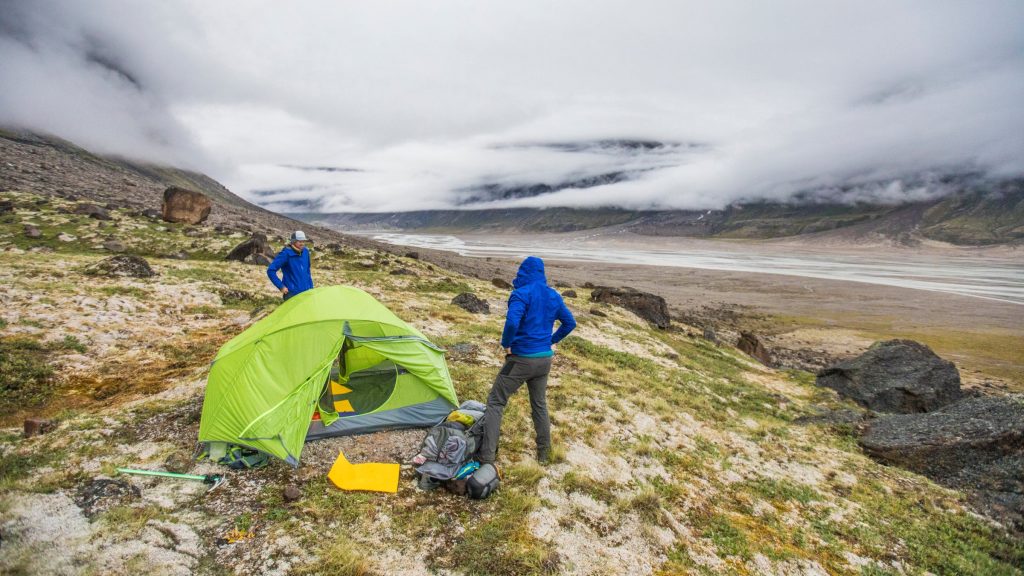Hiking is a wonderful activity that allows you to connect with nature and explore the great outdoors. Whether you’re a seasoned hiker or just starting out, there are a few things you need to keep in mind when hiking in different seasons. Each season offers its own challenges and rewards, and it’s important to be prepared for whatever Mother Nature may throw your way. In this article, we’ll discuss some tips for hiking in different seasons and what you need to know to have a safe and enjoyable experience.
Spring Hiking Tips
Spring is a beautiful time to hit the trails, with blooming flowers, green foliage, and mild temperatures. However, spring weather can be unpredictable, so it’s important to be prepared for changing conditions. Here are some tips for hiking in the spring:
1. Dress in layers: Spring temperatures can fluctuate throughout the day, so it’s important to dress in layers that you can easily add or remove as needed. Start with a moisture-wicking base layer, add a insulating layer for warmth, and top it off with a waterproof and windproof outer layer to protect you from the elements.
2. Be prepared for mud: Spring is often a wet and muddy season, so be prepared for muddy trails and puddles. Wear waterproof hiking boots and gaiters to keep your feet dry, and be prepared to navigate slippery and muddy terrain.
3. Watch out for wildlife: Spring is a time when many animals are coming out of hibernation and looking for food. Be aware of wildlife on the trails, and give them plenty of space. Make noise as you hike to alert animals of your presence, and carry bear spray if you’re hiking in bear country.
4. Check trail conditions: Many trails may still be closed or impassable in the spring due to snowmelt, flooding, or mudslides. Check trail conditions before you head out, and be prepared for detours or alternate routes.
Summer Hiking Tips
Summer is a popular time for hiking, with long days, warm temperatures, and clear skies. However, summer hiking comes with its own set of challenges, including heat, bugs, and crowded trails. Here are some tips for hiking in the summer:
1. Stay hydrated: In the summer heat, it’s important to stay hydrated to prevent heat exhaustion and dehydration. Carry plenty of water or a hydration pack, and drink regularly throughout your hike to stay hydrated.
2. Protect yourself from the sun: The summer sun can be intense, so it’s important to protect yourself from sunburn and heat stroke. Wear sunscreen, a wide-brimmed hat, and sunglasses, and seek shade during the hottest part of the day.
3. Watch out for bugs: Summer is prime bug season, with mosquitoes, ticks, and flies out in full force. Wear insect repellent, long sleeves, and long pants to protect yourself from bug bites, and perform regular tick checks throughout your hike.
4. Start early: To beat the heat and avoid crowded trails, start your hike early in the morning. Not only will you have cooler temperatures and fewer people on the trail, but you’ll also have a better chance of seeing wildlife during their most active times.
Fall Hiking Tips
Fall is a beautiful time to hike, with cooler temperatures, colorful foliage, and fewer crowds. However, fall weather can be unpredictable, with sudden changes in temperature and weather conditions. Here are some tips for hiking in the fall:
1. Dress for cooler temperatures: Fall temperatures can vary greatly, with chilly mornings and warm afternoons. Dress in layers that you can easily add or remove as needed, and pack a hat and gloves for extra warmth.
2. Watch out for wildlife: Fall is mating season for many animals, so be aware of wildlife on the trails. Make noise as you hike to alert animals of your presence, and give them plenty of space to avoid conflicts.
3. Be prepared for shorter days: With the end of daylight saving time, the days are getting shorter in the fall. Start your hike early in the day to ensure you have enough daylight to complete your hike, and carry a headlamp or flashlight just in case.
4. Enjoy the fall colors: Fall is a wonderful time to hike, with vibrant foliage and beautiful scenery. Take the time to appreciate the changing colors and capture the beauty of fall on your hike.
Winter Hiking Tips
Winter hiking can be a magical experience, with snow-covered trails, crisp air, and stunning views. However, winter hiking comes with its own set of challenges, including cold temperatures, icy conditions, and shorter daylight hours. Here are some tips for hiking in the winter:
1. Dress for the cold: In winter, temperatures can be well below freezing, so it’s important to dress warmly. Wear insulated and waterproof boots, thermal layers, a hat and gloves, and a waterproof and windproof outer layer to protect you from the elements.
2. Be prepared for snow and ice: In the winter, trails may be covered in snow and ice, making them slippery and treacherous. Use traction devices such as crampons or microspikes to provide extra grip on icy surfaces, and use trekking poles for added stability.
3. Check avalanche conditions: In snowy areas, avalanches can be a serious risk in the winter. Check avalanche conditions before you head out, and avoid hiking in avalanche-prone areas if conditions are unstable.
4. Start early and finish early: With shorter daylight hours in the winter, start your hike early in the day to maximize daylight and avoid hiking in the dark. Be sure to plan your route and turnaround time to ensure you have enough daylight to complete your hike safely.
In conclusion, hiking in different seasons can be a rewarding and enjoyable experience, but it’s important to be prepared for the unique challenges and rewards that each season brings. By following these tips for hiking in different seasons, you can have a safe and enjoyable hiking experience all year round. So grab your hiking gear, lace up your boots, and hit the trails to explore the great outdoors in every season.

